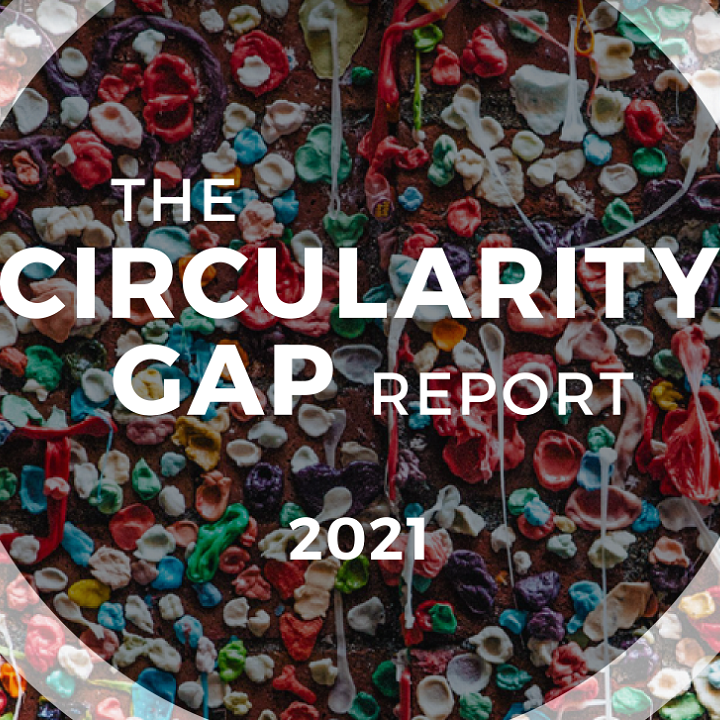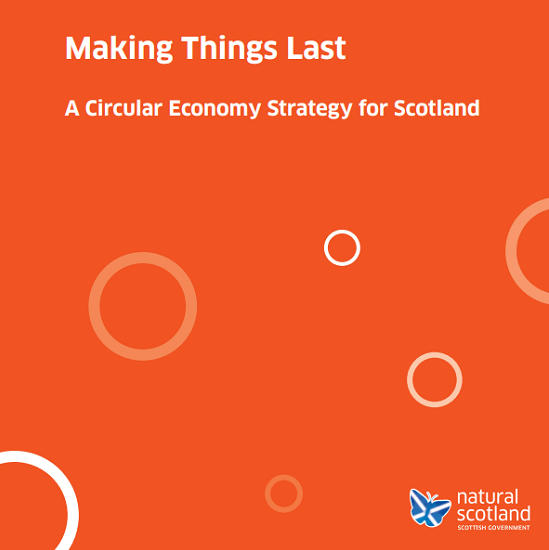After the power sector, heavy industry is the second-largest source of CO2 emissions, accounting for 27 percent of all CO2 emissions worldwide. Four materials – steel, cement, aluminium, and chemicals – are responsible for 60 percent of current industry emissions, a total of 7.1 Gt CO2 per year.
However, as demand for these materials is expected to increase, current decarbonization measures related to renewable energy and production efficiency will be quickly outpaced by increasing emissions from higher production.
This emissions reduction gap needs to be closed to reach the targets of the Paris Agreement. This can be achieved by effectively transitioning towards new and more circular business practices. Four distinct circular strategies can help to reduce emissions along materials’ life cycles:
- Increase product utilization by maximizing the use cycles of products and components, increasing the intensity of use, ensuring reuse and repurposing, and thus reducing the need for new products







